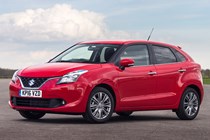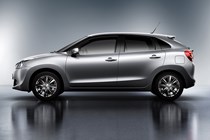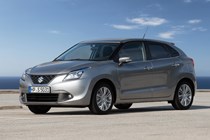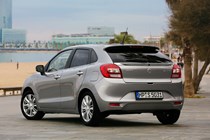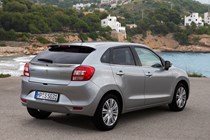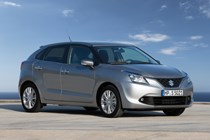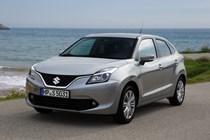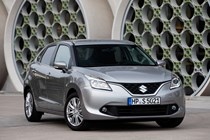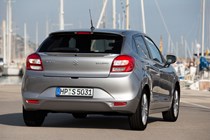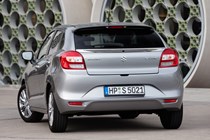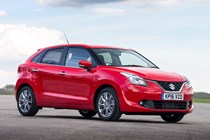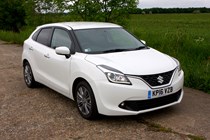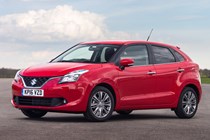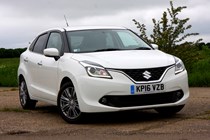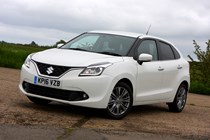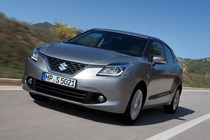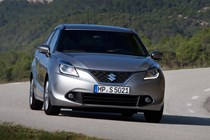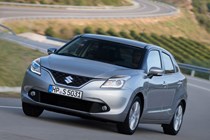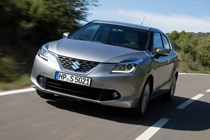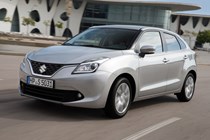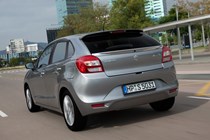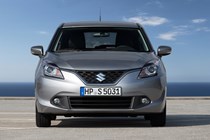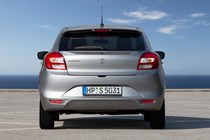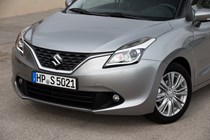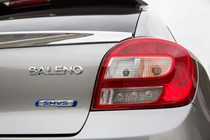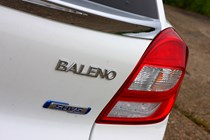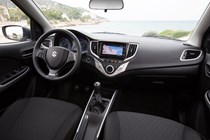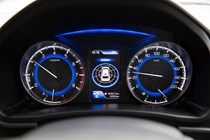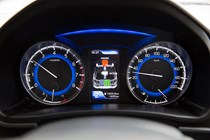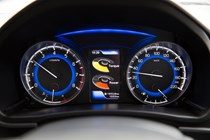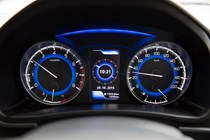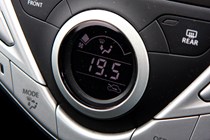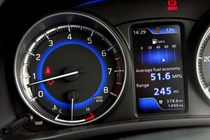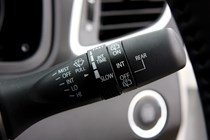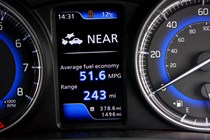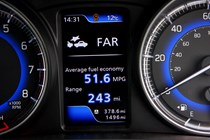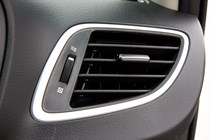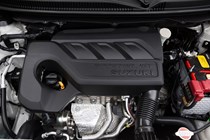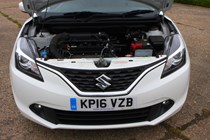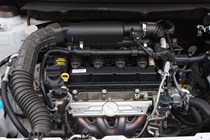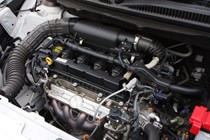
Suzuki Baleno Hatchback (2016-2019) running costs and reliability

Miles per pound (mpp) ⓘ
| Petrol engines | 6.5 - 7.7 mpp |
|---|
Fuel economy ⓘ
| Petrol engines | 44.6 - 52.4 mpg |
|---|
- Unofficial early stats look great
- Worst claimed fuel economy of 58mpg
- Insurance groups expected to be low
Whichever engine and gearbox combination you pick, Suzuki Baleno running costs are going to be low. You’ve got a choice of a 1-litre turbocharged engine for top performance and the 1.2 SHVS engine for low running costs, but prior to official confirmation it looks like neither engine emits over 110g/km of CO2, which means they’ll be very cheap to tax.
Impressive fuel economy
Fuel economy looks like it’s going to be equally impressive, so while the claimed figure of 62.8mpg for the 1-litre Boosterjet manual car probably won’t be achievable in the real world, we suspect 50mpg isn’t unrealistic during normal driving. A convenient benefit of the characteristic of a turbocharged engine is that if you stay below the turbo’s peak output (below 2,000rpm or so), the Baleno should be very fuel-efficient indeed.
Even with the less-efficient automatic gearbox option the claimed 58mpg looks appealing, while the outright fuel economy winner is the 1.2 SHVS – this looks set to return 71mpg. Compared to its closest rival – the Honda Jazz – the Baleno offers far better running costs for manual models, but slightly worse for the automatic.
Low insurance predicted
It’s also a little early to be predicting insurance groups, but with the Baleno’s safety systems and Suzuki’s record for building reliable cars along with low service and maintenance costs, we predict a very favourable outcome.
The engine to go for if you’re searching for the lowest-possible Suzuki Baleno emissions is the 1.2-litre SHVS Dualjet. This is capable of a CO2 output of 93g/km thanks to the clever ‘mild hybrid’ system, which allows the car to remain running on electric power alone when the engine isn’t required. It’s a type of stop-start system really, though the ‘hybrid’ part of the name refers to minute assistance available for the engine under very light loads. You’re not going to notice this while driving, though. It’s more about driving emissions down.
Even with the more powerful 1-litre Boosterjet engine you’re in for CO2 output of 103g/km for the manual and 109g/km for the automatic, so no Baleno is particularly polluting.
- Should be exemplary
If you take the firm’s previous form into account, Suzuki Baleno reliability should be exemplary. The firm is well-known for building cars which stand the test of time, but in this case there’s a lot of new equipment to take into account. The 1-litre Boosterjet engine is a prime example – while the firm will have done countless thousands of miles of testing, we’ve no real-world sense of how it’ll fare.
Ongoing running costs
| Road tax | £20 - £195 |
|---|---|
| Insurance group | 11 - 16 |
Get an insurance quote with

|
|


